Back in the late sixties and early seventies, the European — and especially Irish — car markets were hit by an utter earthquake. Having built up their home-grown industries and markets in the fifties, the big Japanese car brands — Toyota, Nissan (then still called Datsun internationally), and Honda especially — were on the hunt for export sales. Having made tentative starts with underwhelming, underperforming models at first, by the late seventies the Japanese brands, with big-selling models such as the Corolla, Civic, and Sunny, were starting to leave their British and European rivals for dust. While rust was as rampant for those earlier models as it was for any other car maker at the time, these Japanese cars packed a strong one-two punch of light, frugal, and above all reliable engines and plenty of extra equipment. It’s exactly the same ploy that saw the big Korean brands muscle in on the same markets in the 2000s and 2010s.
Classic Japanese cars are now at the level of being desirable and collectable — witness the six-figures sums paid for Toyota’s first sports car, the 2000 GT — while in modern terms, they still set the reliability and technology standards for others to follow. Here, then, are the best Japanese cars you can buy…
Toyota RAV4
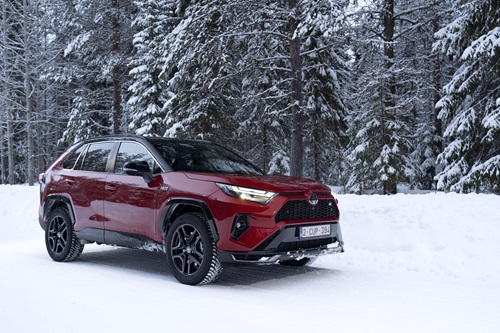
Toyota’s chunky SUV looks big and bruising enough to almost be a junior brother to the mighty Land Cruiser, but it’s as easy-going and refined to drive as a Corolla hatchback. On the inside, it plays on those rugged looks with things like rubberised switches and buttons for an off-road-y style, but families will love its space and its massive boot. Get the four-wheel drive version (the rear wheels are driven by an electric motor) and it will genuinely head off-road too. Best of them all is the RAV4 plug-in hybrid model, which can go for 70-odd-km on electric power if you charge it up, but which can provide genuinely diesel-like fuel economy on long motorway runs (something that most rival plug-ins fail to manage).
Priced from: €44,540
Honda Civic
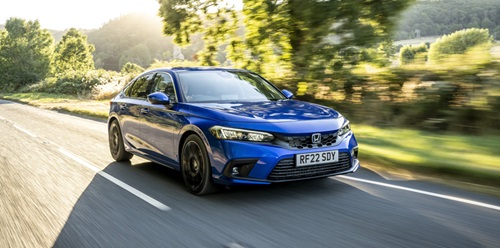
The original — and tiny — Honda Civic was one of the cars that helped the Japanese brands break big, especially when it was able to provide 60mpg fuel economy in the wake of the seventies oil shocks. The new Civic, which has only just arrived in Ireland having been on sale in the UK and Europe for a year now, is a much bigger, far more luxurious car than that original version, but thanks to a frugal hybrid system it’s still able to provide 60mpg+ fuel economy. The cabin is spacious and beautifully built, and in that grand Honda tradition, it’s also a delight to drive. The Civic has become a very, very expensive car now, but it’s probably worth it for the sheer depth of the engineering involved. This car is definitely deserving to be on any list of the best Japanese cars you can buy.
Priced from: €48,995
Nissan Leaf
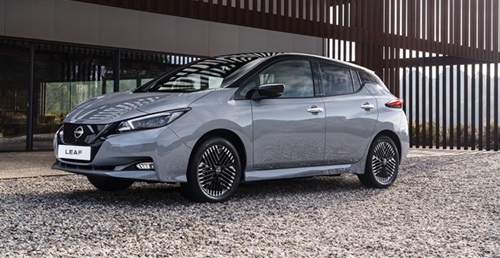
You could almost count the Nissan Leaf as a British car, seeing as it’s built at the company’s massive factory in Sunderland, on England’s north-east coast, but it’s very much a car developed in Japan. The original Leaf, with its tiny 160km electric range, was the first truly successful electric car — it was also the first EV to win the coveted European Car Of The Year award. This second-generation model is far more useable, with ranges from 270km to 385km, depending on which model you buy. It’s more conventional, but still handsome, to look at inside and out too, and very spacious with it. Too many rival electric models seem to miss out on a large and useful boot, but the Leaf doesn’t stint in that department. Nissan Ireland has just chopped €5,000 off the price of a basic one, so it’s currently a bit of a bargain.
Priced from: €28,495
Lexus RX450h+
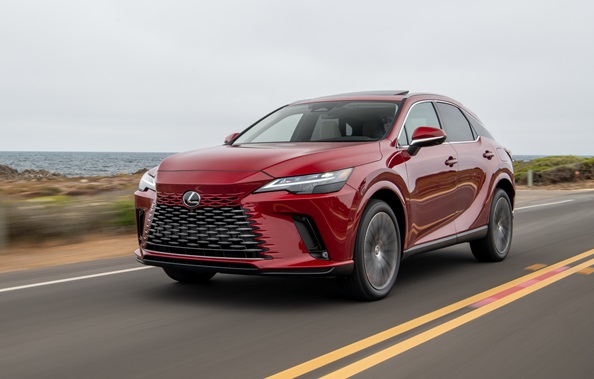
It’s now passed into legend just what a shock rattled though the boardrooms of Mercedes and BMW when Toyota first created Lexus, and launched the brilliant V8-engined LS saloon in 1989. Since then, Lexus has carved out a successful luxury car niche for itself, providing silent, perfectly built vehicles to the more discerning buyer. The best of the current bunch is this RX450h+ SUV, which manages to combine the sort of space, comfort, and refinement that you’d expect from a Range Rover, with the sort of fuel consumption — thanks to an efficient plug-in hybrid setup — that you’d expect from a Corolla.
Priced from: €87,330
Mazda 3
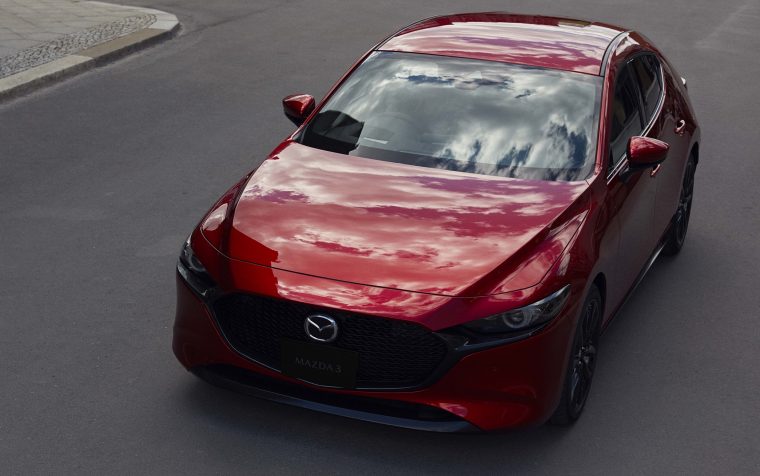
If you’re looking for practical, five-door family transport, but still want a car that’s genuinely gorgeous to look at, well the Mazda 3 is probably your best option. It really is a stunning piece of vehicular design, and the five-door hatchback version, when painted red, is almost as handsome as a modern Ferrari. It’s good inside too, with a pleasingly minimalist dashboard design, and terrific quality. Space in the back isn’t really as good as it ought to be, but if you’re driving you’ll be having too much fun to care. 2.0-litre SkyActiv-X engine uses clever tech to eke out impressive fuel economy, but there’s no hybrid version which holds it back in the Irish market.
Priced from: €32,795
Best used buys:
Toyota Camry
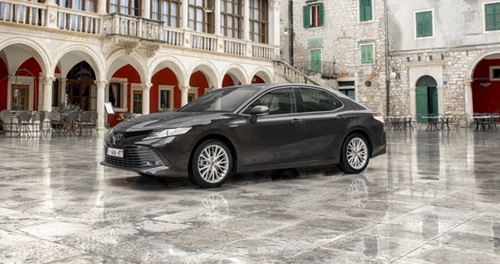
Following a long absence, Toyota re-introduced the Camry to Ireland in 2018, and it quickly found a decent slice of the market for itself. It’s a very traditional four-door saloon, and thanks to fuel-sipping hybrid power, it’s little surprise that it quickly found itself popular with taxi drivers. Which means you do have to be careful when buying one second hand to make sure that it hasn’t been endlessly used and abused on late night runs from the pub or to the airport. The Camry looks and feels a touch old-fashioned compared to some other cars, but it’s a hugely satisfying car to own and drive, with fabulous reliability and impressive levels of refinement and comfort. The Camry is fully deserving of its place on the list of the best Japanese cars you can buy.
One we found: 2018 Toyota Camry Hybrid. Full service history. Toyota main dealer. €25,990
Honda CR-V.
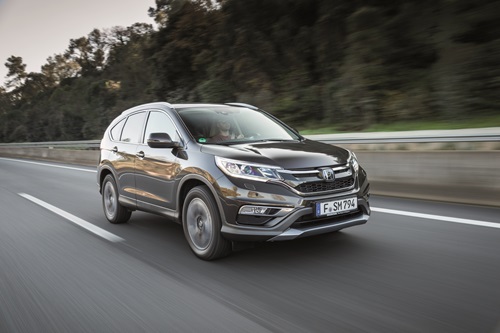
Honda’s big and roomy CR-V has never quite managed to find the same number of buyers as Toyota’s RAV4, doubtless due to Honda’s insistence on charging higher prices for new cars. That means that good, used CR-Vs are a little thin on the ground, but they’re worth tracking down. You’ll pay a big premium for the hybrid model, but if you can find the non-hybrid 1.5 turbo petrol, you’re on to a good thing, as it’s hardly any more thirsty in real-world conditions, and it has plenty enough poke to move even the CR-V’s big body around. The cabin is plain, but beautifully-made and everything should work perfectly as long as you buy one with a full service history.
One we found: 2021 Honda CR-V 1.5T. Full service history. Main dealer. €33,995
Nissan Qashqai
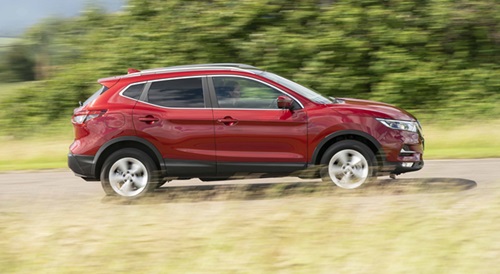
If the Japanese car maker — en masse — turned the car industry upside-down in the seventies, Nissan did it again, all by itself, in 2007 with the first Qashqai, a car which truly kicked off the SUV and crossover revolution, and which has been a huge-seller ever since. Those first-generation Qashqais were ever so slightly built on the cheap, and feel it, so go for the second-generation model, built from 2013 to 2021 — it’s much nicer inside and better to drive too, with surprisingly sharp handling. Watch for clonking suspension, interiors abused by big families, and clogged up particulate filters on the diesel models. Go for a late 1.3 turbo petrol model as that’s actually an engine Nissan shared with Mercedes (and Renault) and it’s refined and punchy.
One we found: 2021 Nissan Qashqai SE 1.3. Full service history. Nissan main dealer. €27,900
Classics:
Honda S2000 (1999-2009)
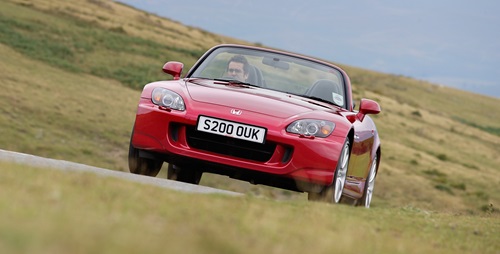
Created as a birthday present by Honda for itself, celebrating the company’s 50th anniversary in 1999, the S2000 became an instant legend for its high-revving (9,0000rpm redline) 2.2-litre four-cylinder engine, which screamed like a Formula One engine and didn’t seem to go much slower. The interior was as gorgeous as the exterior was simple, with the option of bright red leather seats, that all-digital dashboard, and one of the best six-speed manual gearboxes ever made, topped with a titanium shifter. The handling needed care and attention, as it could be a bit whippy on a wet road, and the challenge these days is finding one that hasn’t been modified or stuck in a hedge.
Prices: €10,000-€20,000 gets a rough one, €30,000+ gets the very best
Nissan Primera (1990-1996)
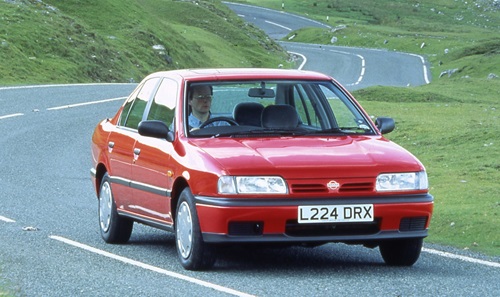
Yes, we’re being serious — the original Nissan Primera is a classic. It’s just that most people will think it’s a minicab. The first-generation Primera comes from a time when Japanese car makers had perfected engineering, but hadn’t quite caught up in terms of styling, so the Primera looks like any other mid-size, mid-range four-door saloon of the time. Here’s the thing, though. Nissan’s engineers really went to town on this car, giving it incredibly sharp steering and a complex multi-link rear suspension at a time when most rivals just had simple torsion bars. The result was a car that drove rings around all of its opposition, until the 1993 Ford Mondeo arrived. It’s a hard car to track down these days — most succumbed to rust or minicab abuse — but worth the effort if you can find a good one.
Prices: €900 buys an NCT failure, but €3,000 would buy a mint version
Toyota Land Cruiser VX
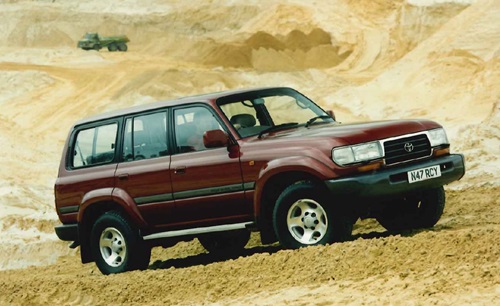
It’s tricky, at best, describing early-nineties cars as classics, but hey — officially speaking, Revenue recognises anything that’s 30 years old or older as a vintage or classic car, so cheap VRT, tax, and insurance ahoy! It also means that we can call the Toyota Land Cruiser VX a genuine classic, a status it’s been deserving for some time now. Bigger and more luxurious than the regular Land Cruiser, the VX got a mighty 4.2-litre straight-six diesel engine which, in later models, was upgraded to a V8 powerplant. These cars are built to an astonishing standard, which means that they’re pretty much the only ‘classic’ car you could seriously consider using as your only car. To salve your environmental conscience, you could easily run the diesel engines on HVO…
Prices: Round €10,000 - €15,000 gets you a good one.
So there you have it, our round-up of the best Japanese cars you can buy. Have we sold you on any? Remember, before buying any car, it's vital to perform a car history check to avoid any nasty surprises down the line.
